Teaching the New Tools of Monetary Policy
Resources for teaching the Fed's monetary policy tools in an ample-reserves framework.
{{searchResultSnippet}}
 Back to All
Back to All
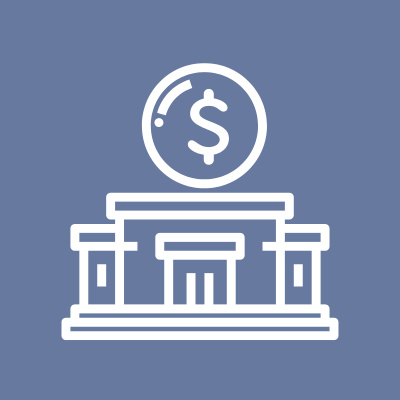
In this video assignment, learn about monetary policy, one of the important economic functions of the Federal Reserve.
Fed Functions: Conducting Monetary Policy SUSAN. Hi, I'm Susan. RONNIE. And I'm Ronnie, and we work for the Federal Reserve, the central bank of the United States. The Federal Reserve, or the Fed, performs five key functions that help promote a healthy economy for all Americans. One of those functions is conducting the nation's monetary policy. SUSAN. What is monetary policy? It's what the Federal Reserve does to accomplish two goals mandated by the U.S. Congress--promoting maximum employment, which means all Americans that want to work are gainfully employed, and promoting stable prices for the goods and services we all purchase. In this way, the Fed's monitory policy decisions truly affect the financial lives of all Americans, not just the spending decisions we make as consumers, but also the spending decisions of businesses--about what they produce, how many workers they employ, and what investments they make in their operations. Monetary policy decisions are made by the Federal Open Market Committee, or the FOMC. The members of the Federal Reserve's Board of Governors in Washington D.C. and the presidents of the regional Federal Reserve Banks participate in the FOMC meetings, where the group discusses the nation's economic conditions and deliberates on an appropriate policy course to support a thriving U.S. economy. RONNIE. When necessary, the FOMC changes monetary policy primarily by raising or lowering its target for what's called the federal funds rate, or the interest rate for overnight borrowing for banks. SUSAN. Lowering that target rate represents an easing of monetary policy that lowers interest rates and boosts other asset prices if the economy is sluggish or inflation is too low. RONNIE. Raising the target rate represents a tightening of monetary policy, which raises interest rates and may be necessary if the economy is overheating or inflation is too high. A change in Federal Reserve Board January 18, 2018 Page 2 of 2 that target rate normally affects and is accompanied by changes in other interest rates and in financial conditions more broadly. Those changes will then affect the spending decisions of households and businesses, and thus will have implications for economic growth, employment, and inflation. SUSAN. At its meetings, the FOMC considers three key questions: How is the U.S. economy likely to evolve in the near and medium term, what is the appropriate monetary policy setting, and how can the FOMC effectively communicate its expectations for the economy and its policy decisions to the public? FOMC policy makers rely on a broad range of information in their assessments and deliberations. They analyze the most up-to-date economic data and review reports and surveys from businesses and financial market contacts. RONNIE. To communicate its policy actions to the public, the FOMC releases written statements after every meeting and conducts periodic press conferences. Twice a year, the Board Chair goes to Capitol Hill to testify before congressional committees on economic developments as well as the Fed's actions to promote maximum employment and stable prices. SUSAN. While the Federal Reserve's monetary policy goals have remained constant for decades, its tools and approach to implementing policy have evolved to keep up with the changing conditions in the U.S. economy. RONNIE. The Federal Reserve is committed to monitoring the constant ebbs and flows in the economy and continually adjusting the stance of monetary policy to promote maximum employment and stable prices. SUSAN. For more information on this and other functions of the Federal Reserve, visit www.federalreserve.gov.

Teaching the New Tools of Monetary Policy
Resources for teaching the Fed's monetary policy tools in an ample-reserves framework.

Making Sense of the Federal Reserve
Introduce the structure of the Federal Reserve and the basics of monetary policy.
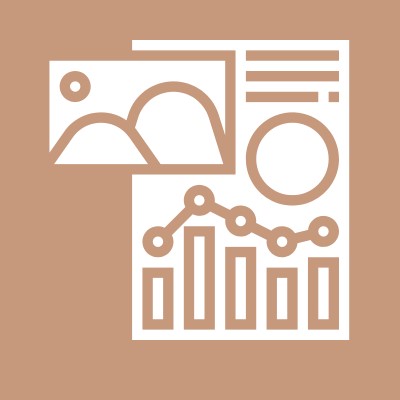
Fiscal & Monetary Policy
Define fiscal and monetary policy and highlight their differences.
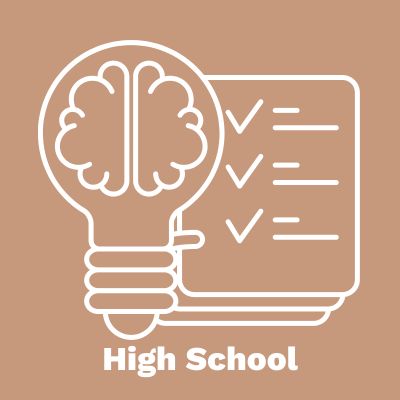
Lecture Guide: How the Federal Reserve Implements Monetary Policy
This lesson teaches how the Federal Open Market Committee (FOMC) conducts monetary policy.
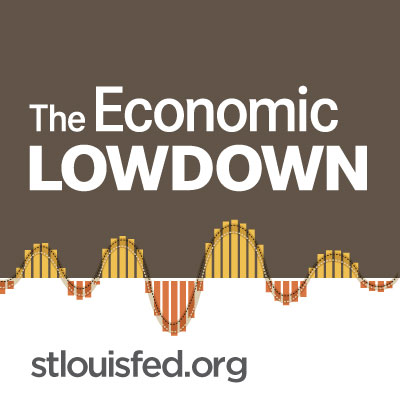
Econ Lowdown Podcast Series
21 Economics audio assignments for your classroom
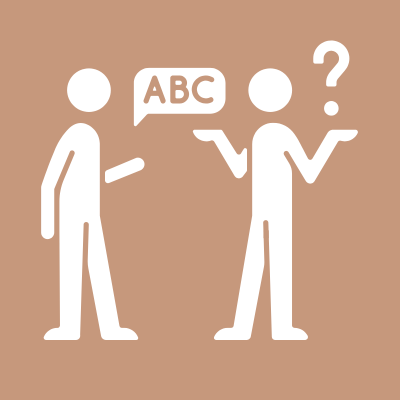
Jargon Alert: Helicopter Money
Learn about a tool to stimulate economies and fight deflationary pressures.
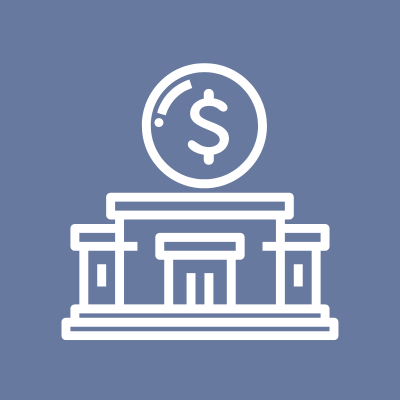
Consumer Protections and Community Development
Learn one of the five key functions of the Federal Reserve.

Fostering Payment and Settlement System Safety and Efficiency
Describes the nation’s payment system and how the Fed plays a key role.

Promoting Financial System Stability
Understand the Federal Reserve System’s role in promoting financial stability.

Supervising and Regulating Financial Institutions
Learn about how bank examiners supervise banks and financial institutions.

The Three Key Entities
Discusses the three key entities of the Federal Reserve System.
{{resourceTitle}}
{{resourceBlurb}}